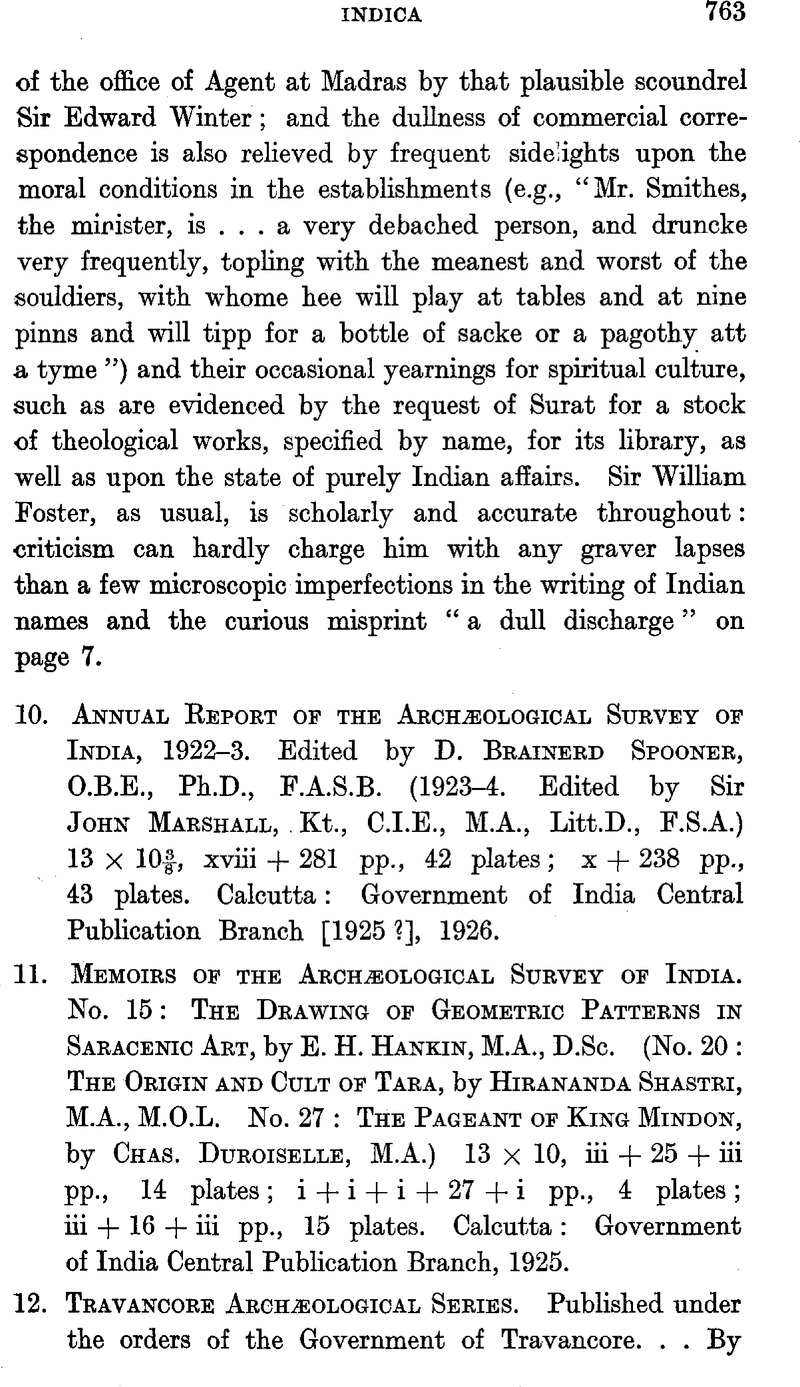No CrossRef data available.
Published online by Cambridge University Press: 15 March 2011

1 I believe that Tārā is a Buddhist evolute from Anāhita, and that her consort Avalōkitêśvara was originally Mithra, who was often coupled with Anāhita. In the syncretistic period somewhere about the beginning of our era the Buddhists might easily have adopted the pair Anāhita- Mithra and baptized them into Buddhism, especially in Bactria or Turkestan. They certainly knew them in India, as Kuṣan. coins prove. The peculiar feature of Mithra is his character as a myriad-eyed guardian who serves deliberately as intermediary between mankind and Godhead; and in these points Avalōkita exactly resembles him, and no other deity. Anāhita is already a saviour goddess in Yašt V, 128, where she is described as wearing a crown of stars and carrying a baresma ; she was in some places identified with the planet Venus; and her by-form Nana or Nannaia (perhaps originally different, but certainly identified later with her) appears on Kuṣan coins with a crescent on her forehead, and in her hand sometimes abaresma and sometimes a bow (some coins showing her about to draw an arrow from her quiver). Now the name Tārā means star, though no star ever appears on her images; but she is often connected in cult with the moon (sometimes she has a halo of moonbeams, candrâṃśu-mālinī, sometimes she sits on a moon, candrâsana), and in several of her phases, notably that of Mahācīna-tārā (a cult expressly stated to have been imported from Mahācīna, i.e. Turkestan), she carries a bow, either drawn or brandished. Once adopted, these two deities absorbed various minor cults, and were themselves assimilated to the Buddhist types.